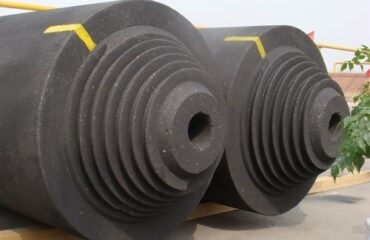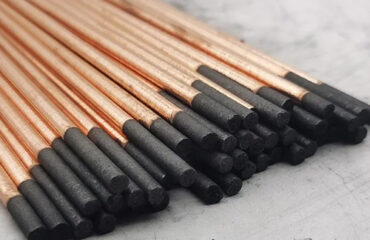In the past decade, efforts have been made to design electrocatalysts with higher co2rr efficiency. Most of the researches are based on the electrochemical cell based on liquid-solid two-phase contact (DPC) system using CO2 dissolved in electrolyte. However, at high current density, due to the rapid water reduction kinetics and the limitation of CO2 mass transfer (poor solubility of CO2 and low diffusion coefficient in liquid electrolyte), most DPC systems are dominated by competitive hydrogen evolution.
It is well known that the diffusion coefficient of CO2 in the gas phase (~ 0.1 cm2s − 1) is about four orders of magnitude higher than that in the liquid phase, which makes CO2 become a more promising electrochemical co2rr source in the gas phase. Since gaseous CO2 itself cannot participate in electrochemical reaction without water, researchers have focused on the development of three-phase contact (TPC) system for co2rr, in which gaseous CO2, electrolyte and electrocatalyst are in close contact. TPC system provides many advantages for electrochemical co2rr, such as allowing the use of high pH electrolytes (which are not easy to use in DPC systems) to promote co2rr electron transfer kinetics. In this way, CO2 can be efficiently electrolyzed into valuable products (such as CO and formic acid) at high current density, and the use of the latter is a basic requirement for potential industrial scale applications.
However, due to the serious illegal depletion of CO2 in alkaline electrolytes, recent studies have focused on the structure and microenvironment (i.e., layer thickness, electric field, pressure, etc.) to increase the effective CO2 concentration at the interface. However, it is challenging to study the gas-liquid-solid three-phase interface. At present, the understanding of the interface structure and CO2 transport behavior under non-equilibrium conditions is very limited (that is, the rate of CO2 consumption by electrochemical reaction and the supply of CO2 from the bulk to the electrode surface should be considered at the same time).
In the past few years, the wettability of gas-liquid-solid interface has been widely studied, which provides a new understanding of the mechanism of wettability controlling electrochemical reaction. The results show that the catalytic rate of various electrochemical reactions involving gaseous reactants, such as oxygen reduction reaction and hydrogen evolution reaction, is closely related to the surface wettability of the electrode. The wettability of gas diffusion layer (GDL) has recently been studied by means of internal contact angle and microscopic analysis.
Recently, according to nature communications, researchers from the Key Laboratory of photochemical conversion and optoelectronic materials, Institute of physical chemistry, Chinese Academy of Sciences, have successfully prepared a typical metal / carbon electrode, which consists of a layer of gold / carbon nanoparticles (Au / C) fixed on the gas diffusion layer The results are expected to be extended to other gas diffusion electrode systems.
The team first prepared monodisperse gold nanoparticles (AuNPs) with a particle size of 8.95 ± 0.52 nm, and then mixed them with carbon black to form a cathode catalyst (Au / C NPs). Gold based nanostructures can provide efficient and stable co2rr activity and high selectivity for CO production.
Confocal laser scanning microscopy (CLSM) was used to image the interface wettability from superhydrophobic to hydrophilic Au / C electrode. The importance of Cassie Wenzel coexisting wetting state in promoting the migration of CO2 and keeping the catalytic active center in close contact with electrolyte was revealed. The Cassie Wenzel coexistence state is an ideal three-phase junction for continuous supply of CO2 from gas phase to Au active site under high current density Structure.
In addition, the newly developed in-situ fluorescence electrochemical spectroscopy (FES) was used to quantitatively analyze the interfacial CO2 transport process in the co2rr process, revealing the key role of the interface structure in stabilizing the interface CO2 concentration in the co2rr process, and clarifying the CO2 mass transfer conditions required for the operation of co2rr at high current density.
The results show that in TPC system, the efficiency of electrochemical co2rr at high current density is greatly affected by the concentration of CO2 at the interface, and the mass transfer efficiency of CO2 on the wettability controlled interface structure fundamentally determines the electrochemical co2rr efficiency of TPC system.


